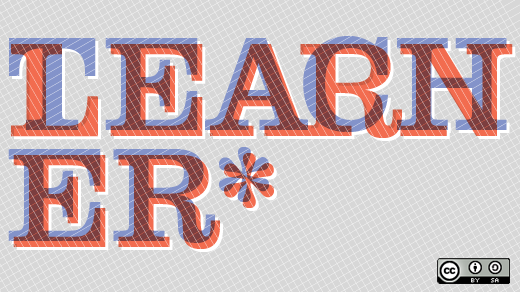This year I made a New Year resolution to foster a more open education at home by joining a growing subculture of society. To start, I began replacing some commercial household products, such as toothpaste, with 'open source' ones. After all, there is no patent on or trademark for baking soda (2/3 cup), salt (4 teaspoons), mint oil (1 tablespoon), or melted coconut oil (2-3 tablespoons)—what you need to make homemade toothpaste. They are readily available and accessible, except for the mint oil perhaps (but you can substitute it with cinnamon or vanilla extract, or other possibilities if you just use your creative, open mind).
Once I had the necessary ingredients to make my own toothpaste, I spent less time to make it than I had previously spent in the supermarket checkout queue to buy it. It costs less money too. No fluoride, preservatives, or other chemical substances either.
Nearly everyone uses some kind of toothpaste on a daily basis, but how many of us question the futility of a commercial brand toothpaste for something that we can easily make ourselves and with an open source concept? How many of us would like our children to get excited about math, science, and history or live a simpler, greener, and healthier lifestyle by making their own toothpaste?
Plus, making your own toothpaste or shampoo, or even laundry detergent, doesn't require some special skill. It isn't laborious or time consuming or some mysterious process.
When I first started to find out about the growing do-it-yourself (DIY), or homemade, movement I was a bit intrigued and baffled—that is, until I made an analogy with open source. Then it dawned on me that this movement is an outgrowth or extension of the open source movement, and a way to overcome a crisis in education. And I am far from alone in my thoughts here. In September a technology reporter for the BBC News wrote about how Karl Marx predicted a revolution would come, but Marx probably didn't envision it being a bunch of do-it-yourselfers and members of a homemade movement brigade. Without digital technology, it's true that such efforts would be minimal, but with digital technology, it has taken root.
Time will tell how much this movement will affect the larger open source movement, generate a type of questioning that comes from realizing you can ditch a more expensive commercial product for one you've made yourself, and bubble down to future generations. Already, though, there are kid's sites such as DIY.org that are flourishing. They bargain that children are more involved in digital technology at a younger age than previous generations and bill themselves as a place where kids can build, make, hack, grow, and earn skills—an updated digital version of the Boy Scouts. And there are future plans for a membership subscription and options for children to sell their own inventions (another thing Marx might not have imagined, or Robert Baden-Powell who was founder and Chief Scout of the Scout Movement).
DIY.org is free and open to all children age 7 and older, though it seems to be primarily aimed at boys. Good thing then that making toothpaste (for one) is, by contrast, universal and gender neutral. Perhaps this is an alternative way to connect underrepresented girls with STEM (science, technology, engineering, and mathematics) and open source, since at the moment, digital technology and the type of creative tinkering that DIY tends to foster is still initially focused on boys.
Furthermore, I think girls may be more readily interested in creative tinkering if they were first involved in something like making their own toothpaste. It would foster a sense of empowerment, autonomy, and agency. (Read: Wendy Priesnitz's idea of economic success that questions a tradition of well-being based on economics alone.)
All in all, allowing children to make their own toothpaste not only becomes a principle of economics and self-reliance, but maybe a slightly subversive act too.







3 Comments